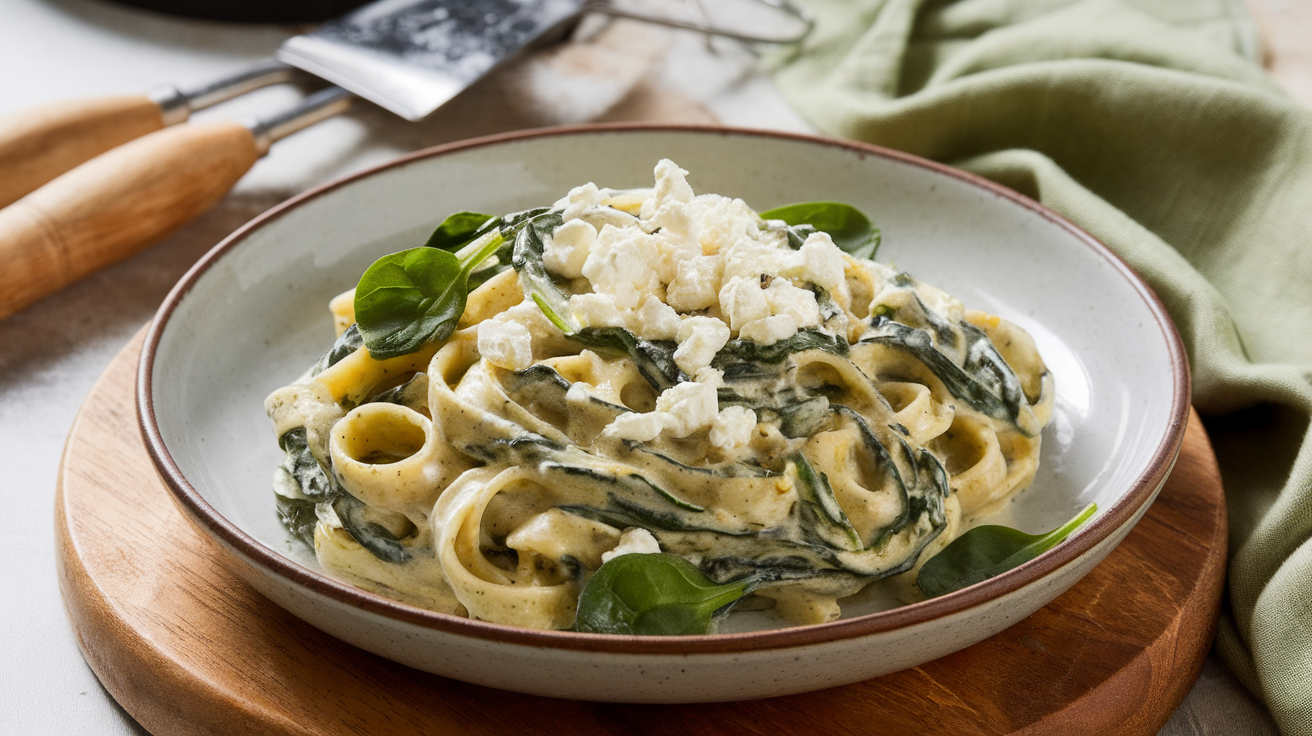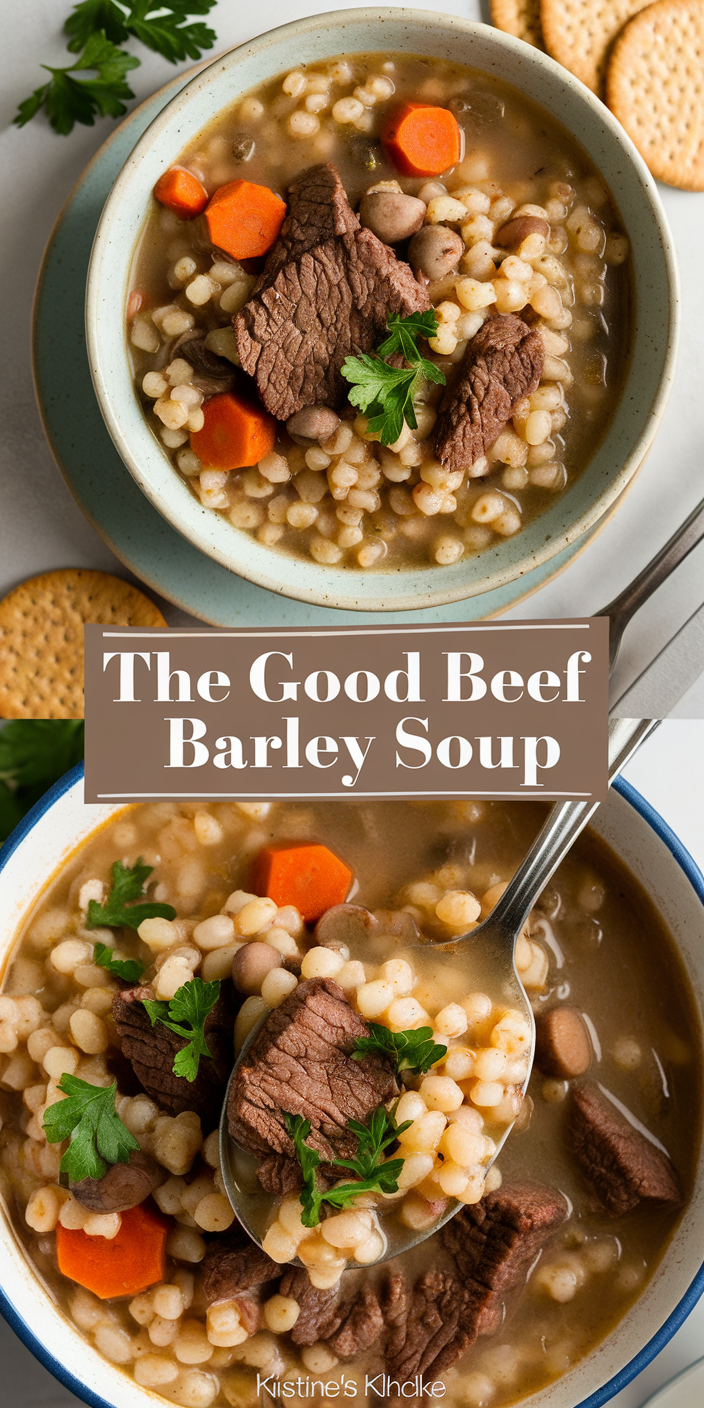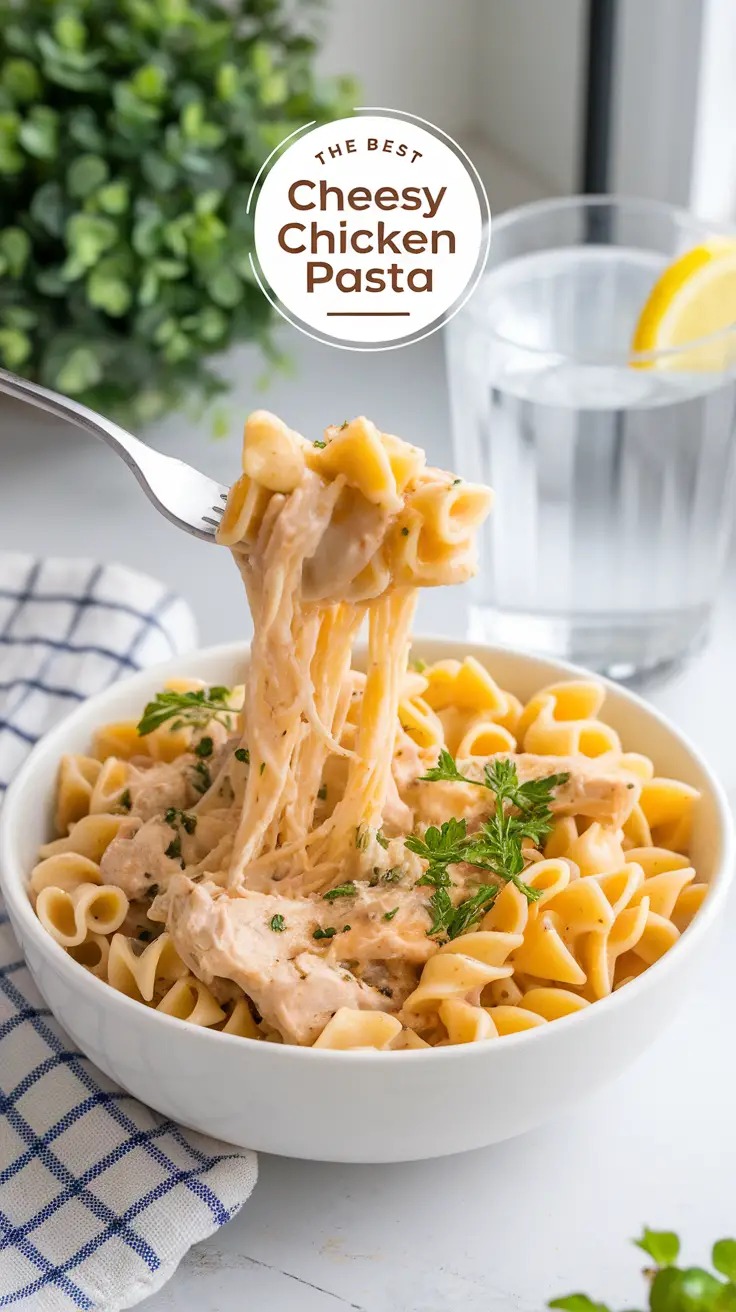Pasta dishes have long been a staple of global cuisine, celebrated for their comforting textures, adaptability, and rich flavors. Among the vast array of pasta preparations, a recipe that brings together the tangy creaminess of goat cheese with the freshness of spinach is truly a culinary gem. The Spinach Goat Cheese Pasta not only bursts with flavor but also offers a beautiful marriage of textures and nutritional goodness.
This article will guide you through everything you need to know about creating this luscious dish, a wonderful addition to any meal plan, whether for a cozy family dinner or an elegant gathering. You will also discover how it fits beautifully within ricotta pasta recipes and incorporates elements of classic cheese Alfredo sauce, brightened with zesty lemon notes from top lemon pasta recipes traditions.
The Charm of Goat Cheese: Why It’s Perfect for Pasta
Goat cheese, often called chèvre, is made from goat’s milk and carries a distinct flavor profile that sets it apart from cow’s milk cheeses. It is known for its creamy yet crumbly texture and a slightly tangy, earthy taste that adds character to many dishes. Goat cheese has gained immense popularity in modern cooking, especially in gourmet recipes.
Using goat cheese in pasta dishes offers several advantages:
- Flavor Complexity: Its tanginess contrasts well with sweet or bitter greens like spinach.
- Creamy Texture: It melts to a silky consistency without becoming rubbery or oily.
- Digestibility: Some people find goat cheese easier to digest than cow’s milk cheese due to different fat and protein structures.
- Nutritional Benefits: Goat cheese is rich in calcium, protein, and beneficial fatty acids.
In goat cheese pasta recipes like the one we’re exploring, the cheese plays a starring role, balancing the earthiness of spinach and the richness of cream and ricotta.
The Role of Ricotta Cheese in Pasta Recipes
Ricotta cheese is an Italian fresh cheese, traditionally made from whey leftover after producing other cheeses like mozzarella or provolone. Unlike goat cheese, ricotta is mild, slightly sweet, and has a fluffy, creamy texture. It acts as an excellent base for sauces because:
- It provides volume and smoothness to creamy pasta sauces.
- It balances sharper cheeses, softening intense flavors.
- It adds protein and calcium without heavy fat content.
- It binds ingredients well, making it ideal in fillings and sauces.
Many ricotta pasta recipes utilize this cheese for its versatility, creating dishes that feel indulgent yet balanced. Combining ricotta with goat cheese in this recipe offers a nuanced creaminess with both sweet and tangy notes.
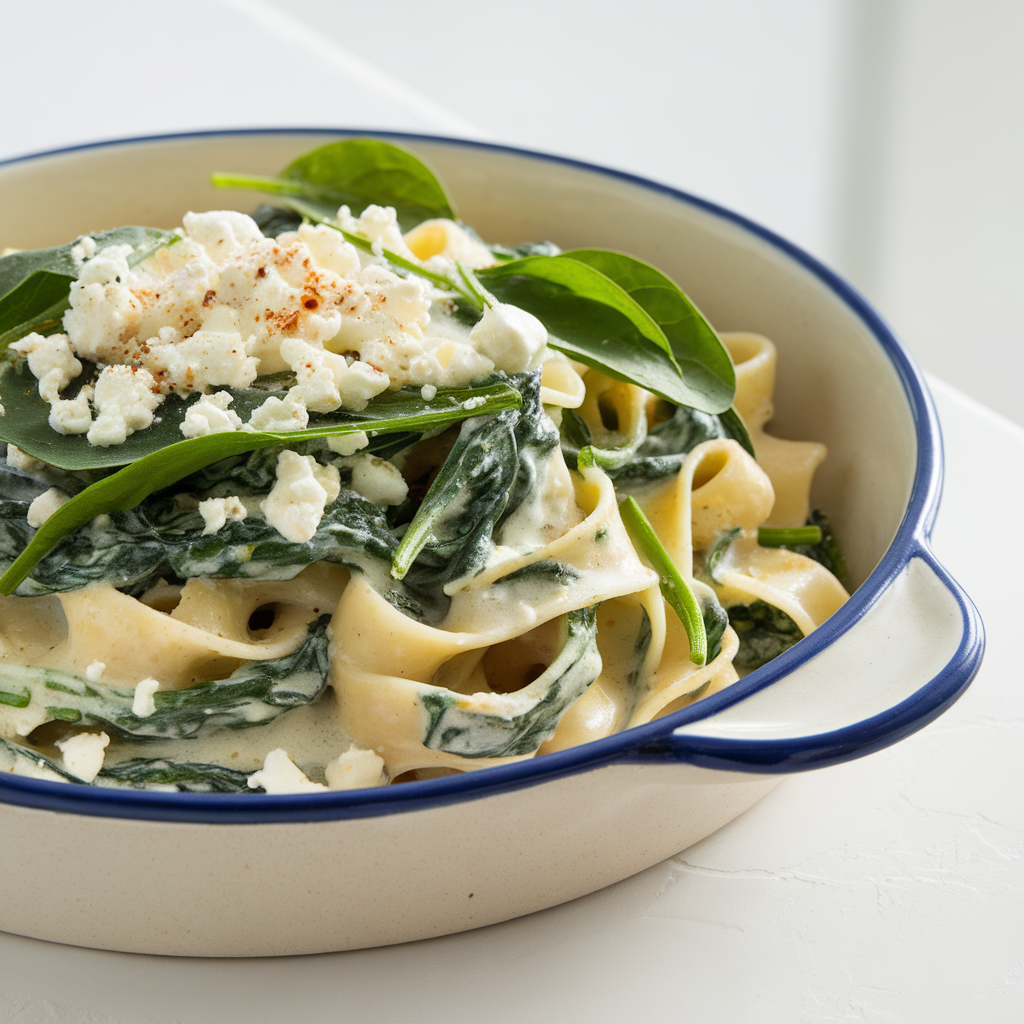
The Evolution of Cheese Alfredo Sauce and Its Connection to This Dish
The famous cheese Alfredo sauce originated in Rome as a simple yet indulgent blend of butter, cream, and Parmesan cheese, tossed with fettuccine. Over time, chefs have experimented with adding different cheeses and ingredients to enrich this classic.
Our Spinach Goat Cheese Pasta is a modern take inspired by Alfredo’s creamy essence but enhanced with ricotta and goat cheese, introducing new textures and flavors while maintaining that comforting richness.
Detailed Ingredients Breakdown and Their Roles
| Ingredient | Role in Recipe |
|---|---|
| Pasta | Provides the base, texture, and vehicle for the sauce. |
| Fresh Spinach | Adds vibrant color, earthiness, and nutrition. |
| Goat Cheese | Offers tangy creaminess and character. |
| Ricotta Cheese | Brings smoothness and mild sweetness to the sauce. |
| Heavy Cream | Provides richness and silky texture. |
| Parmesan Cheese | Adds umami depth and savory flavor. |
| Garlic | Infuses aromatic pungency. |
| Olive Oil | Used for sautéing and adds subtle fruity notes. |
| Lemon Zest & Juice | Adds brightness and balances richness with acidity. |
| Salt and Pepper | Enhances and balances overall flavor. |
| Red Pepper Flakes | Optional, adds subtle heat and complexity. |
| Fresh Herbs | For garnish and freshness, elevates presentation. |
Step-by-Step Cooking Instructions With Tips
Step 1: Choose and Cook the Pasta
- Opt for pasta shapes that hold sauce well — penne, fusilli, or farfalle are ideal.
- Boil pasta in salted water (about 1 tbsp salt per 4 quarts water) to season it internally.
- Cook pasta al dente as it will continue to cook slightly when tossed in sauce.
- Save about ½ cup of pasta water before draining — this starchy water helps loosen the sauce later.
Step 2: Prepare the Spinach and Garlic
- Use fresh baby spinach or regular spinach; rinse and roughly chop.
- In a large skillet, heat olive oil over medium heat, then sauté minced garlic for 1 minute until fragrant but not browned to avoid bitterness.
- Add spinach and cook until just wilted — overcooking makes it soggy and loses color.
- Season lightly with salt and pepper to enhance flavor.
Step 3: Create the Creamy Cheese Base
- Lower heat to medium-low and add heavy cream, stirring to warm.
- Incorporate ricotta cheese gradually, whisking to create a smooth creamy base.
- Add goat cheese crumbles slowly, stirring to melt completely. Goat cheese melts best when added in small amounts and at moderate heat.
- Mix in grated Parmesan cheese until well combined, thickening the sauce naturally.
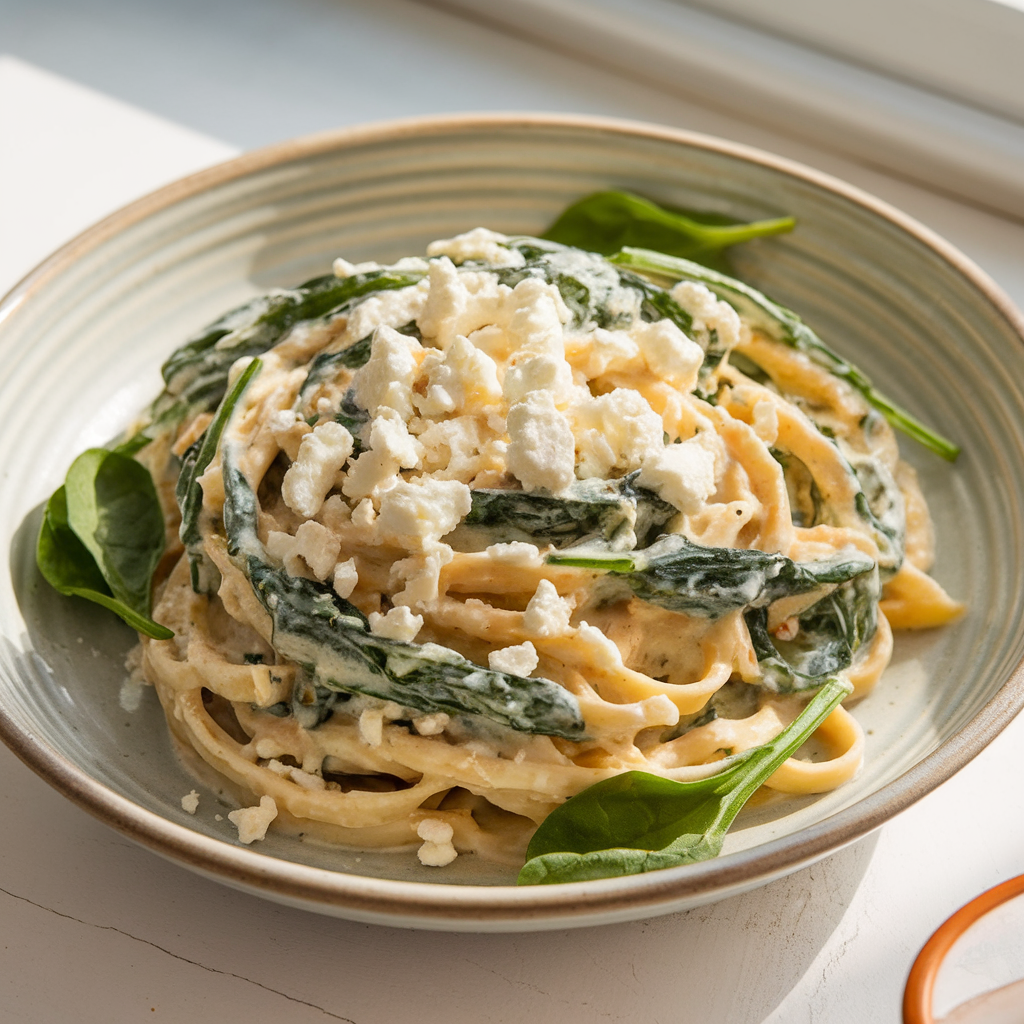
Step 4: Brighten With Lemon and Season
- Add lemon zest and juice for a fresh, citrusy note that cuts through the richness.
- Adjust seasoning with salt, pepper, and optional red pepper flakes.
- Taste frequently — the balance of salt, acidity, and heat is key.
Step 5: Combine Pasta and Sauce
- Toss drained pasta into the skillet, coating evenly.
- If sauce is too thick, stir in reserved pasta water a tablespoon at a time to loosen.
- Heat gently for 1-2 minutes, allowing flavors to meld.
Step 6: Garnish and Serve
- Sprinkle fresh chopped basil, parsley, or chives for color and aroma.
- Serve immediately, with extra Parmesan on the side.
Advanced Cooking Tips for Perfect Goat Cheese Pasta
- Room Temperature Cheese: Let goat cheese and ricotta come to room temperature before using for smoother melting.
- Don’t Overheat: Avoid boiling the cream mixture; gentle heat prevents curdling and preserves silky texture.
- Use Fresh Herbs: Fresh herbs add brightness — avoid dried unless you plan to cook them longer.
- Zest Before Juicing: Zest lemon before juicing to avoid removing zest accidentally.
- Garlic Oil: Infuse olive oil with garlic slowly to prevent burning and bitterness.
- Make It Ahead: Prepare sauce a day prior to allow flavors to develop. Reheat gently with cream or pasta water.
Variations on Spinach Goat Cheese Pasta
1. Mushroom and Sundried Tomato Addition
Enhance the earthy depth by sautéing mushrooms and chopped sundried tomatoes with garlic before adding spinach. The sweetness of sundried tomatoes complements goat cheese’s tang.
2. Protein Boost: Chicken or Shrimp
Add grilled chicken breast strips or sautéed shrimp for a hearty meal. Season protein simply with salt, pepper, and lemon to complement the pasta.
3. Vegan Adaptation
Use vegan ricotta (made from tofu or nuts) and plant-based cream alternatives. Nutritional yeast can add cheesy flavor.
4. Gluten-Free Pasta
Swap regular pasta for gluten-free alternatives such as chickpea or brown rice pasta.
5. Herb Variations
Try fresh thyme, oregano, or dill for a unique herbal profile.
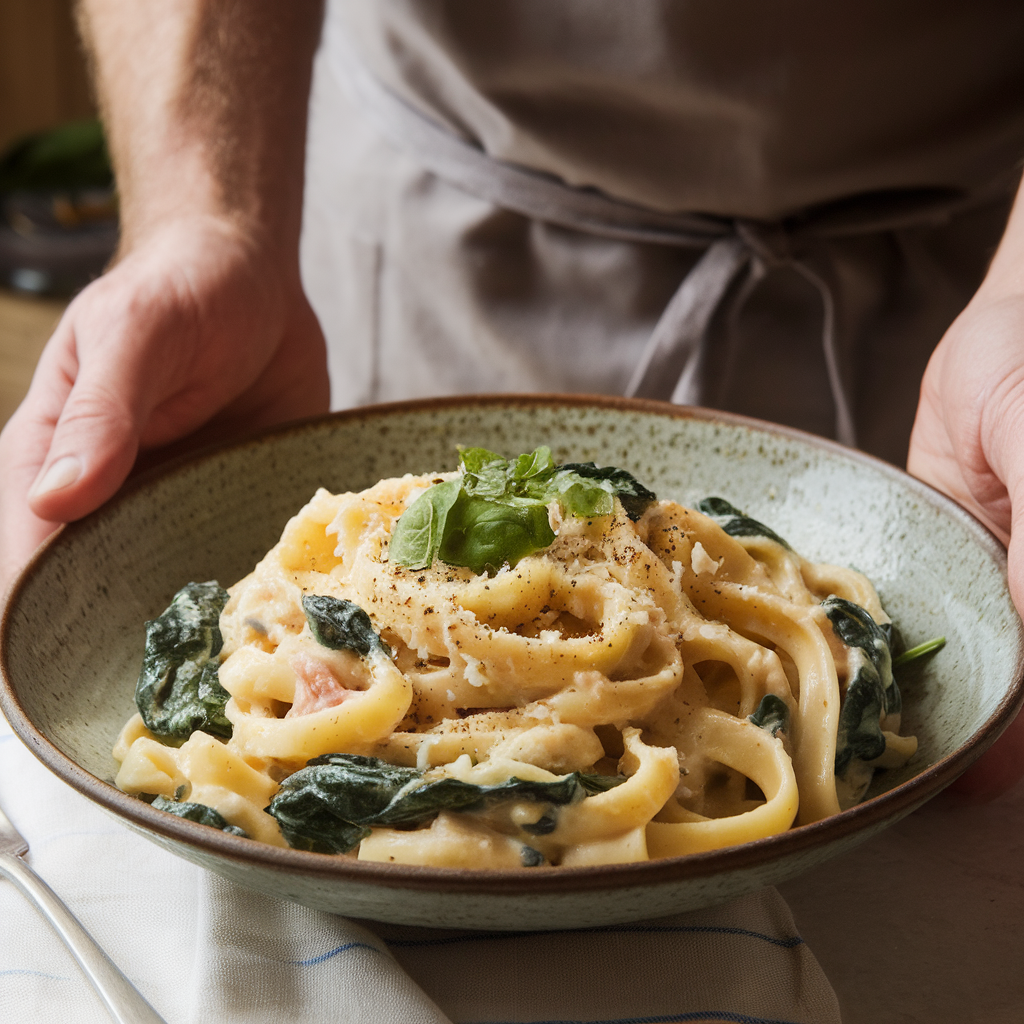
Pairing Suggestions: What to Drink With Spinach Goat Cheese Pasta
To enhance your dining experience, consider these pairing options:
- White Wines: Sauvignon Blanc, Pinot Grigio, or Chardonnay complement the tangy cheese and lemon zest.
- Light Reds: Pinot Noir can be a good match for mushroom or chicken variations.
- Sparkling Wine: Prosecco or Champagne adds festive effervescence and freshness.
- Non-Alcoholic: Sparkling water with lemon or a light iced herbal tea.
Storage and Leftover Tips
- Store leftover pasta in an airtight container in the fridge for up to 2 days.
- Reheat gently in a skillet or microwave, adding a splash of cream or pasta water to refresh the sauce.
- Avoid overcooking when reheating to keep pasta firm and sauce creamy.
- Leftover sauce alone can be frozen in small portions for up to 1 month.
Nutritional Overview
| Nutrient | Benefit |
|---|---|
| Protein | From goat cheese, ricotta, and pasta; supports muscles. |
| Calcium | Bone health, from cheeses used. |
| Iron | Spinach is rich in iron, supporting blood health. |
| Vitamins A & C | From spinach and lemon, supporting immunity. |
| Healthy Fats | Olive oil and goat cheese provide beneficial fats. |
| Fiber | Whole wheat pasta or added veggies increase fiber. |
Moderation is key, especially with creamy dishes, but this pasta packs nutrients while delivering satisfaction.
Frequently Asked Questions (Expanded)
Is Goat Cheese Better Than Ricotta for Pasta?
They serve different purposes. Goat cheese adds tang and richness, while ricotta smooths and softens the sauce. Using both balances flavor and texture beautifully.
How Can I Make This Recipe Dairy-Free?
Try cashew cream or coconut milk as cream substitutes and plant-based cheese alternatives for goat cheese and ricotta.
Can I Use Frozen Spinach?
Yes, but drain well and squeeze excess water to avoid watery sauce.
What Is the Difference Between Goat Cheese and Feta?
Goat cheese is softer and creamier, while feta is crumbly and saltier. Feta can be substituted but expect a sharper flavor.
Exploring More Cheese Pasta Recipes for Inspiration
If you enjoyed this recipe, explore other fantastic cheese pasta recipes such as:
- Four Cheese Pasta: A decadent mix of mozzarella, parmesan, ricotta, and goat cheese.
- Spinach and Ricotta Stuffed Manicotti: Baked pasta shells filled with a creamy cheese and spinach mixture.
- Lemon Ricotta Pasta: Simple pasta tossed with ricotta, lemon zest, and herbs.
- Goat Cheese and Roasted Vegetable Pasta: Seasonal veggies roasted and mixed with goat cheese sauce.
The Final Word: Why This Spinach Goat Cheese Pasta Recipe Will Delight You
This recipe offers a sophisticated take on comfort food. By blending the tangy vibrance of goat cheese with the smoothness of ricotta and the freshness of spinach, it creates a complex yet balanced dish. The inclusion of lemon adds a brightness often missing in heavy cheese sauces, making it a refreshing but indulgent meal.
Whether you’re looking to impress guests or enjoy a satisfying weeknight dinner, this dish delivers in flavor, texture, and nutrition. The recipe’s flexibility means you can tailor it to your dietary needs or ingredient availability without sacrificing taste.
So next time you crave creamy pasta with a twist, turn to this Spinach Goat Cheese Pasta—it’s a recipe with goat cheese that’s bound to become a classic in your kitchen!
